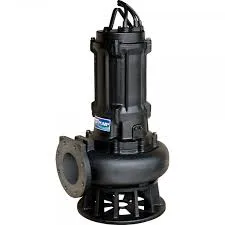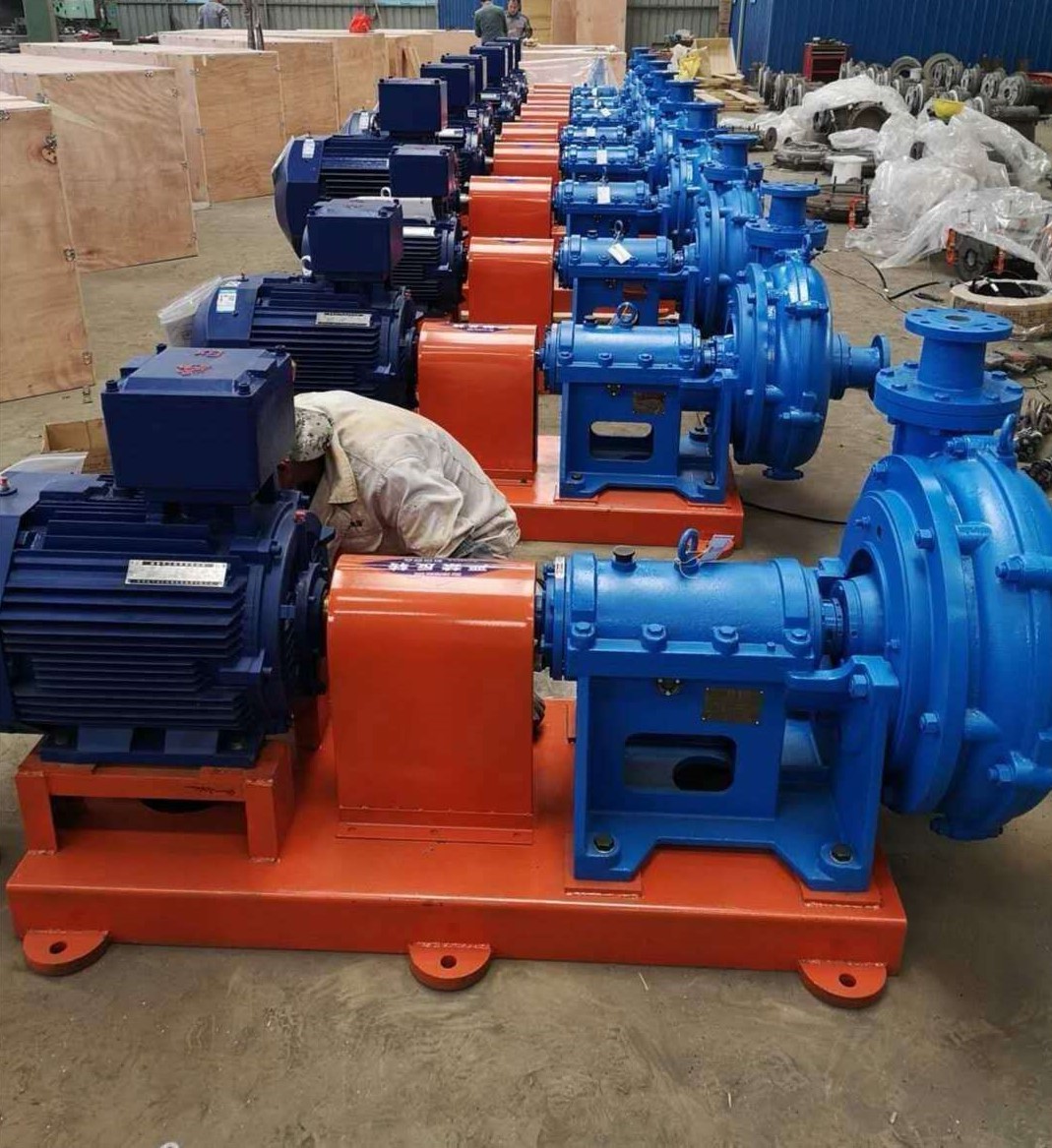TEL:
+86 13120555503
English
- Afrikaans
- Albanian
- Amharic
- Arabic
- Armenian
- Azerbaijani
- Basque
- Belarusian
- Bengali
- Bosnian
- Bulgarian
- Catalan
- Cebuano
- Corsican
- Croatian
- Czech
- Danish
- Dutch
- English
- Esperanto
- Estonian
- Finnish
- French
- Frisian
- Galician
- Georgian
- German
- Greek
- Gujarati
- Haitian Creole
- hausa
- hawaiian
- Hebrew
- Hindi
- Miao
- Hungarian
- Icelandic
- igbo
- Indonesian
- irish
- Italian
- Japanese
- Javanese
- Kannada
- kazakh
- Khmer
- Rwandese
- Korean
- Kurdish
- Kyrgyz
- Lao
- Latin
- Latvian
- Lithuanian
- Luxembourgish
- Macedonian
- Malgashi
- Malay
- Malayalam
- Maltese
- Maori
- Marathi
- Mongolian
- Myanmar
- Nepali
- Norwegian
- Norwegian
- Occitan
- Pashto
- Persian
- Polish
- Portuguese
- Punjabi
- Romanian
- Russian
- Samoan
- Scottish Gaelic
- Serbian
- Sesotho
- Shona
- Sindhi
- Sinhala
- Slovak
- Slovenian
- Somali
- Spanish
- Sundanese
- Swahili
- Swedish
- Tagalog
- Tajik
- Tamil
- Tatar
- Telugu
- Thai
- Turkish
- Turkmen
- Ukrainian
- Urdu
- Uighur
- Uzbek
- Vietnamese
- Welsh
- Bantu
- Yiddish
- Yoruba
- Zulu
Telephone: +86 13120555503
Email: frank@cypump.com
Jan . 15, 2025 03:54 Back to list
china vertical centrifugal slurry pump
Choosing the Right Vacuum Pump for Your Slurry Tanker An Expert's Guide
Operational efficiency must not be overlooked. Efficient pumps consume less power and can lead to lower fuel costs. Consider models with energy-saving features, such as automatic speed controls that adjust the power usage based on the demand. This ensures the pump operates optimally, even under varying load conditions. Safety is always paramount. Ensure that the vacuum pump complies with relevant safety standards and features protective devices to prevent dangerous overpressure situations. Automatic shut-off systems or pressure relief valves are critical in maintaining safe operation, protecting both the equipment and operators. For expertise-backed decision-making, consult a specialist who understands both the technical specifications and practical demands of your application. Customization options can further tailor a pump to your specific needs, such as adjustments for different slurry compositions or environmental conditions. Finally, vendor reputation plays a crucial role in selection. Established manufacturers with a track record of quality assurance and after-sale support are preferable. Their experience in the industry underscores a commitment to innovation and reliability, assuring you of a trustworthy partnership. Reading reviews and seeking recommendations can provide insights into the long-term satisfaction of existing customers. In summary, selecting a vacuum pump for a slurry tanker is a strategic decision with significant implications for operation efficiency and cost management. Prioritize factors like capacity, durability, ease of maintenance, operational efficiency, safety, and reputable vendors. Leveraging expert advice ensures you choose a solution that not only meets current needs but also adapts to future challenges, optimizing performance, and securing investment returns. Evaluating these elements thoughtfully can lead to a decision that enhances productivity, sustainability, and profitability in slurry management operations.


Operational efficiency must not be overlooked. Efficient pumps consume less power and can lead to lower fuel costs. Consider models with energy-saving features, such as automatic speed controls that adjust the power usage based on the demand. This ensures the pump operates optimally, even under varying load conditions. Safety is always paramount. Ensure that the vacuum pump complies with relevant safety standards and features protective devices to prevent dangerous overpressure situations. Automatic shut-off systems or pressure relief valves are critical in maintaining safe operation, protecting both the equipment and operators. For expertise-backed decision-making, consult a specialist who understands both the technical specifications and practical demands of your application. Customization options can further tailor a pump to your specific needs, such as adjustments for different slurry compositions or environmental conditions. Finally, vendor reputation plays a crucial role in selection. Established manufacturers with a track record of quality assurance and after-sale support are preferable. Their experience in the industry underscores a commitment to innovation and reliability, assuring you of a trustworthy partnership. Reading reviews and seeking recommendations can provide insights into the long-term satisfaction of existing customers. In summary, selecting a vacuum pump for a slurry tanker is a strategic decision with significant implications for operation efficiency and cost management. Prioritize factors like capacity, durability, ease of maintenance, operational efficiency, safety, and reputable vendors. Leveraging expert advice ensures you choose a solution that not only meets current needs but also adapts to future challenges, optimizing performance, and securing investment returns. Evaluating these elements thoughtfully can lead to a decision that enhances productivity, sustainability, and profitability in slurry management operations.
Share
Next:
Latest news
-
Reliable Non-Clog Sewage Pumps with GPT-4-Turbo Tech
NewsAug.04,2025
-
High-Performance Air Pumps for Sand & Gravel | Efficient Transport
NewsAug.03,2025
-
ISG Series Vertical Pipeline Pump - Chi Yuan Pumps Co., LTD.|Energy Efficiency, Corrosion Resistance
NewsAug.03,2025
-
ISG Series Pipeline Pump - Chi Yuan Pumps | Energy Efficiency&Compact Design
NewsAug.03,2025
-
ISG Series Vertical Pipeline Pump - Chi Yuan Pumps Co., LTD.|High Efficiency, Low Noise, Durable
NewsAug.02,2025
-
ISG Series Vertical Pipeline Pump - Chi Yuan Pumps | High Efficiency, Low Noise
NewsAug.02,2025










